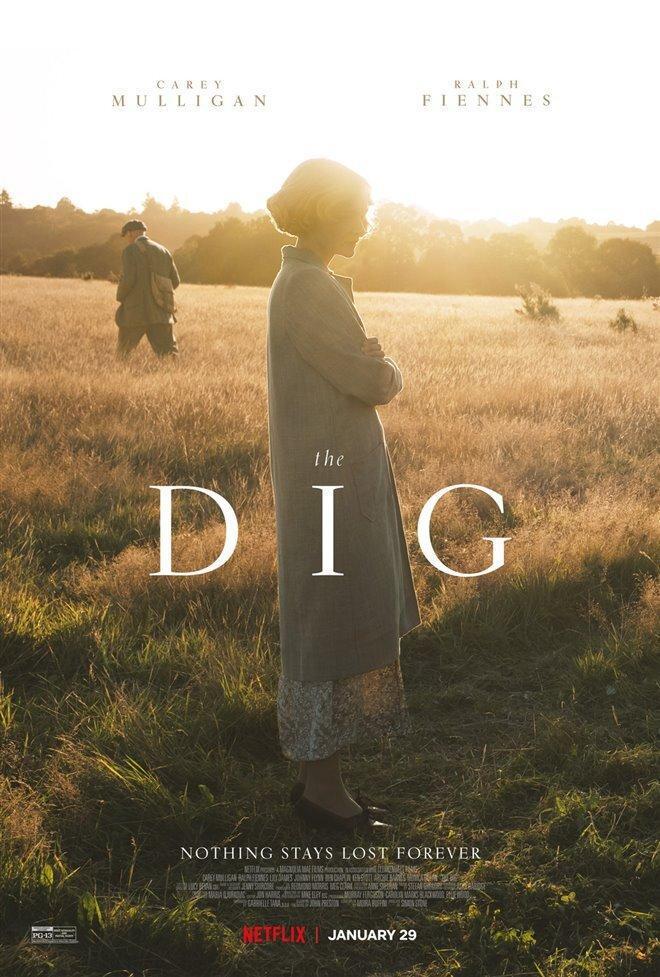
In his recent release “The Dig,” director Simon Stone takes one of the greatest archaeological discoveries in European history and makes the audience question what will happen to their own lives once they are dead and gone.
The film is based on the true story of a discovery made at Sutton Hoo in Suffolk, England, and is also adapted from the 2016 novel “The Dig”, written by John Preston. He is the nephew of Peggy Preston, who was a junior archeologist on the team that made the discovery. According to the Smithsonian magazine, Sutton Hoo is the richest medieval burial ever found in Europe.
The story starts in the summer of 1939, just on the brink of World War II. The rich widow Edith Pretty wants to excavate three mounds of dirt on her property because she has a hunch that something great lies inside them. After Pretty hires self-made archeologist Basil Brown, the story follows their journey as they make discovery after discovery and are later joined by archeologists from the British Museum.
The story goes beyond a mere description of the discovery. The characters wrestle with complicated and challenging topics throughout the movie. They constantly grapple with death and legacy, the trials of love, passion versus credit and more. The acting was phenomenal, including – most notably – Carey Mulligan (Pretty), Ralph Fiennes (Brown) and Lily James (Peggy Preston). The actors let the earnest, raw tone of the script and plot speak for themselves. Along with their own tribulations, all the characters share an anxious anticipation of war and the unknown future of Britain.
The relationship between the characters as they intersect their lives, fears and hopes adds even more to the excitement of Sutton Hoo. Most charming is the relationship between Brown and Robert Pretty, Edith Pretty’s young son. Robert Pretty takes immense curiosity with the project as he holds on to big dreams of his own discoveries one day. Brown patiently loves the boy throughout his work on Sutton Hoo and supports him in times of distress. Robert Pretty’s character adds a nice balance to the serious archeological world and worries of the adults, bringing a paradox between the bliss of childhood and the awakening of adulthood.
The cinematography and soundtrack of the movie add a final touch to leave viewers in awe. The film’s color palette is bright but muted. The many breath-taking shots of England’s beautiful scenery add an ambiance of peace. The movie employs a lot of unique angles including high, low and wide shots. One notably impressive scene is shot from above as Edith Pretty walks to her husband’s grave, slowly revealing her location as she passes tombstones. Orchestral music is placed sporadically when needed but not frequently as the acting speaks for itself.
If you are a history major or archeological junkie, this is exactly the movie for you. Although the movie is slow-paced at times, the events that take place and the setting of war leave you on edge and help you to empathize with the main characters. “The Dig” highlights the importance of the past and prompts you to think about the legacy your place in history will leave for future generations. The discoveries made and actions taken leave you with the gut-wrenching question: “If a thousand years were to pass in an instant, what would be left of us?” 8/10 Pinecones.
“The Dig” is streaming now on Netflix.






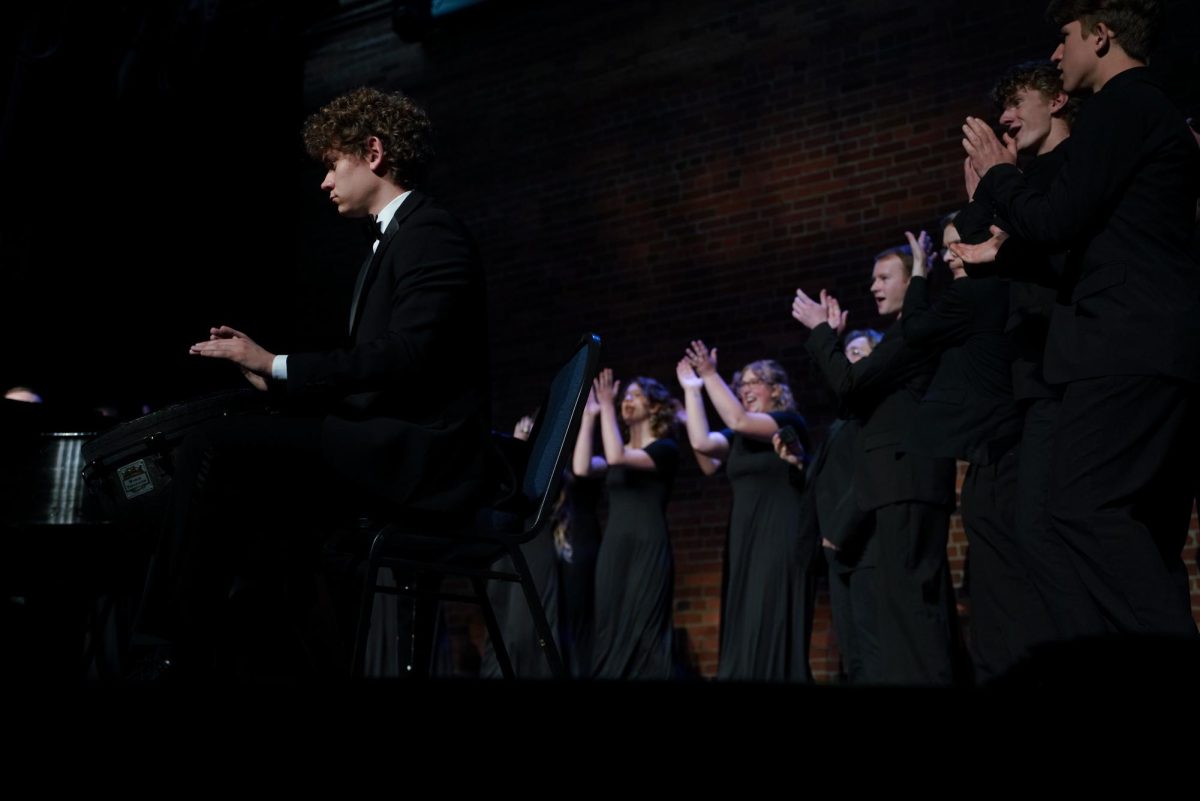
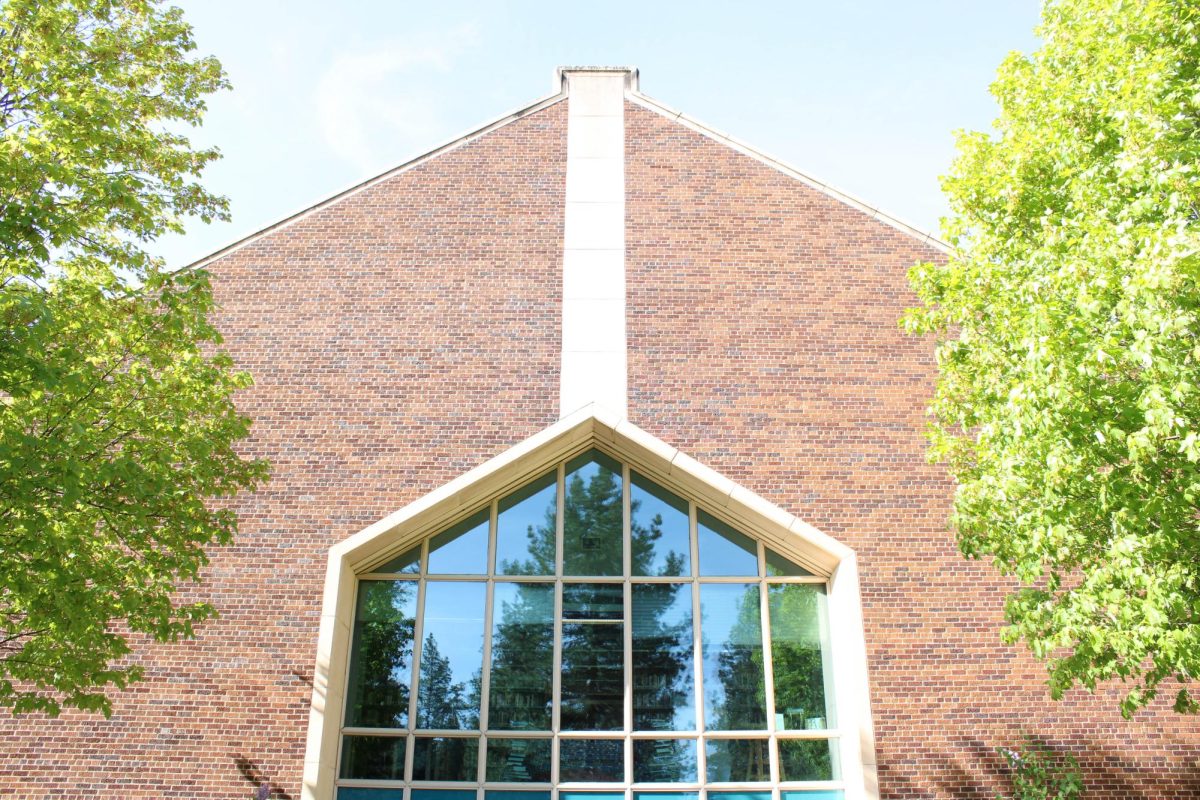

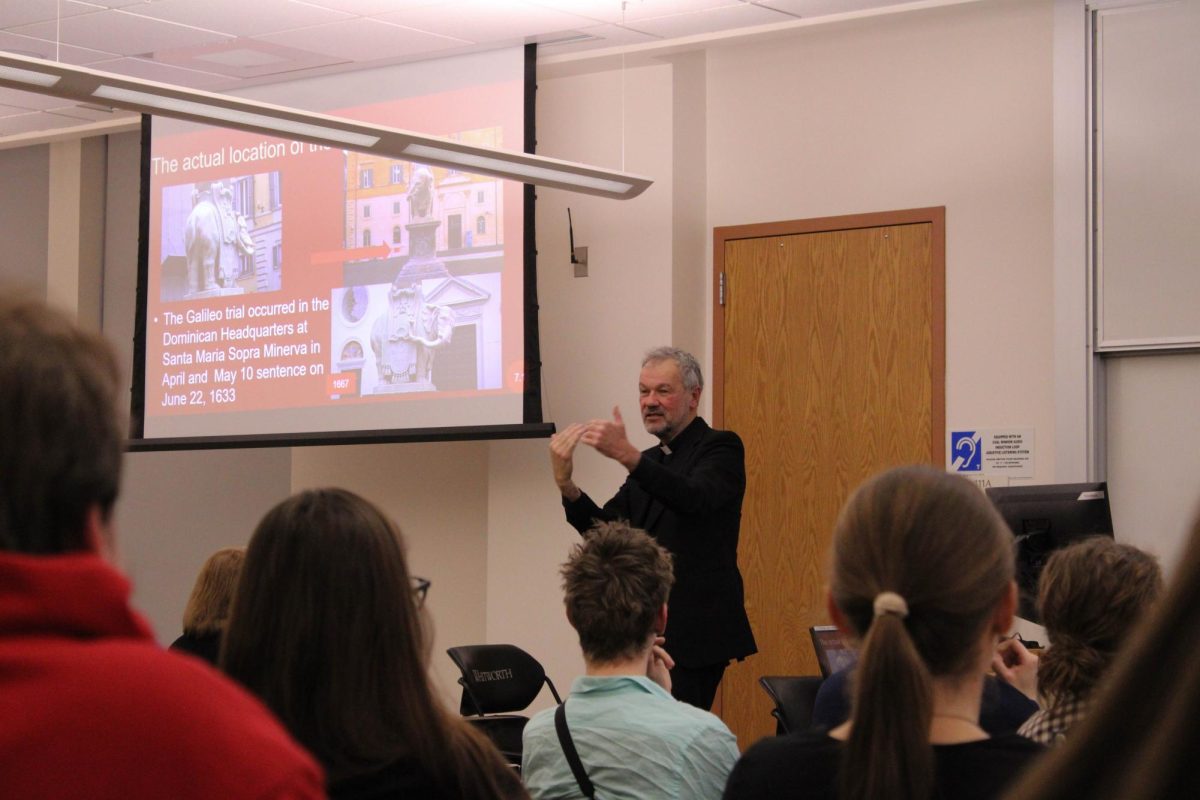
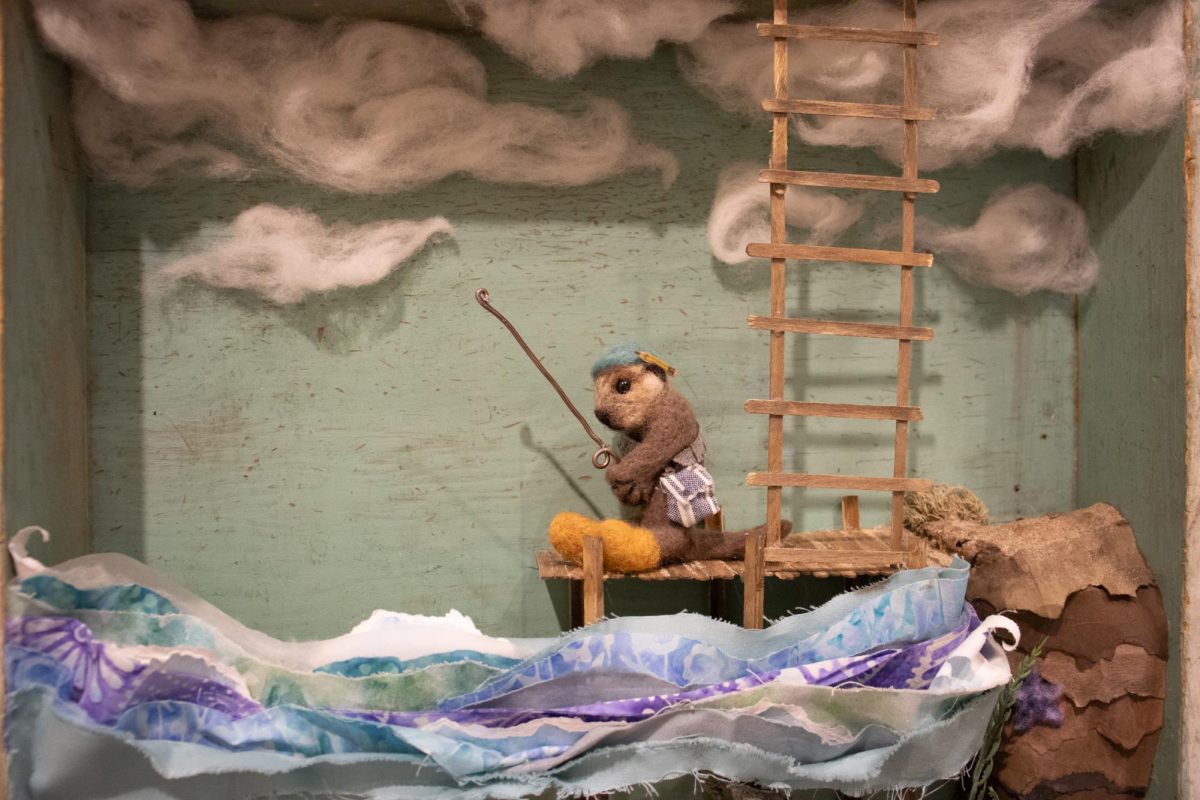
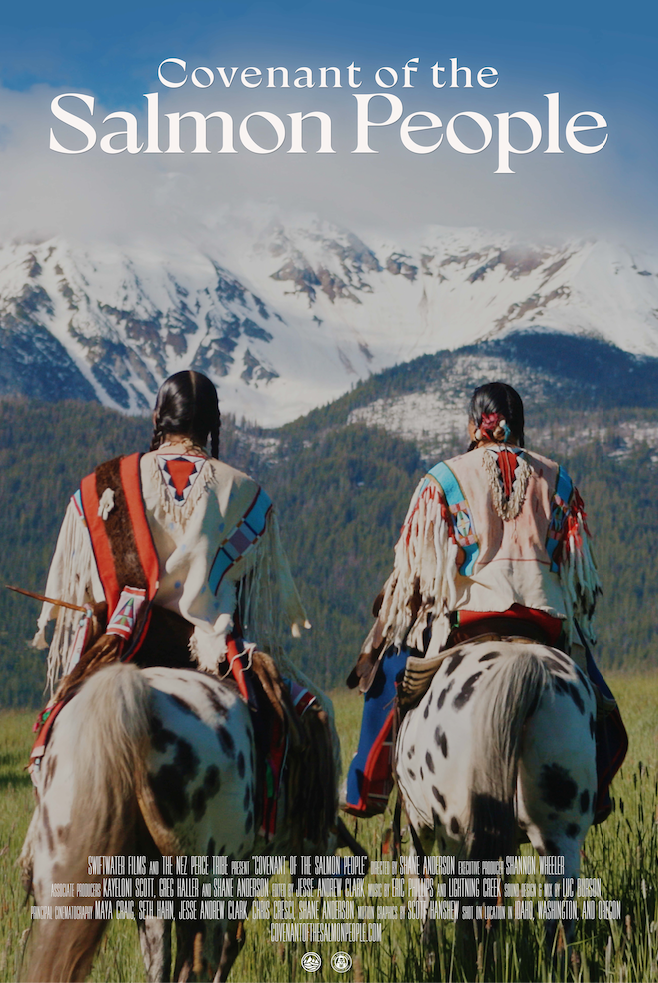
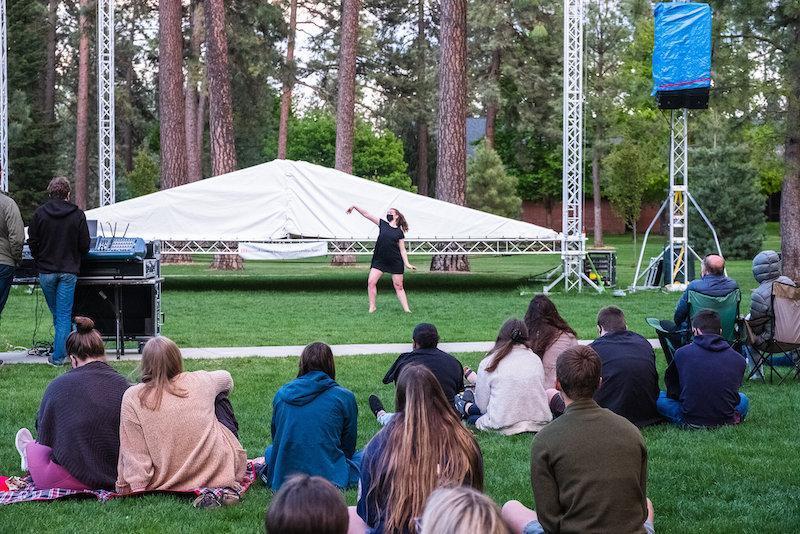
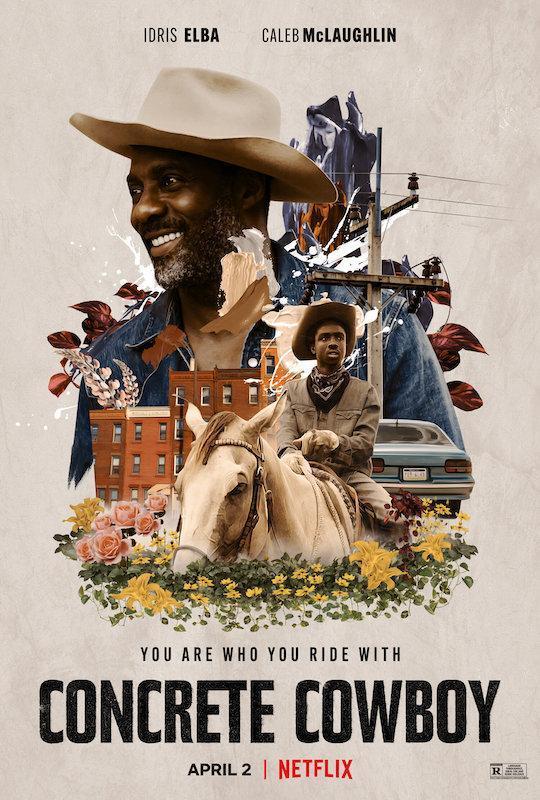
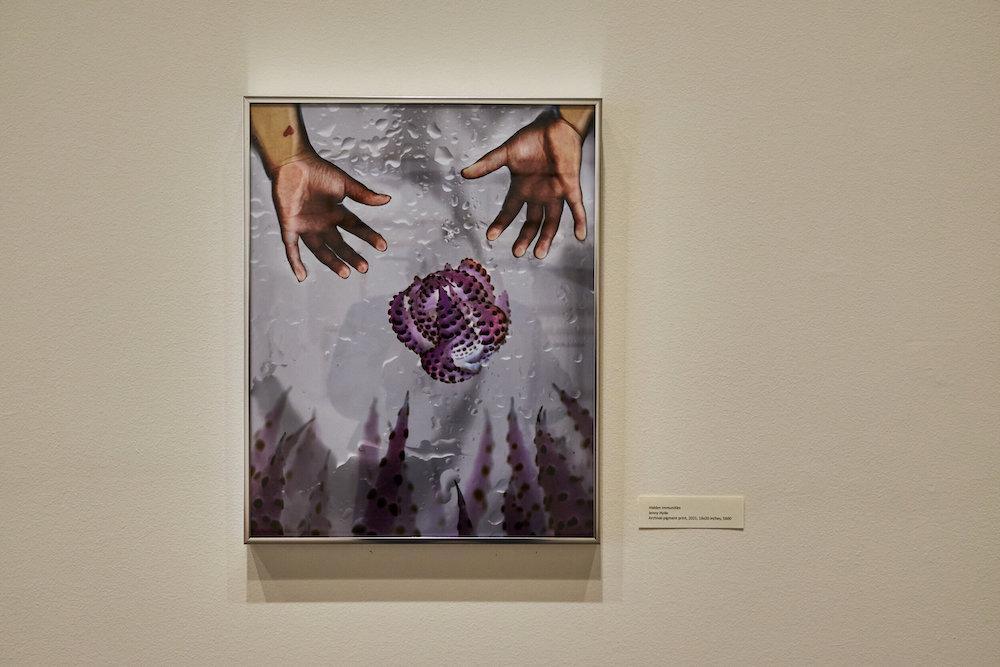



 Spokane?
Spokane?